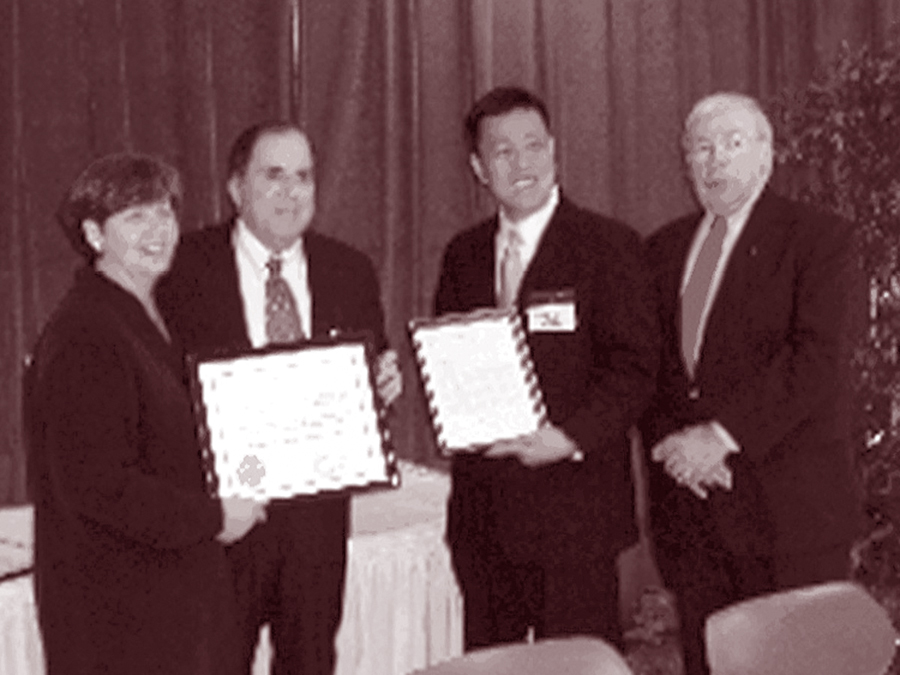|
VI. CERTIFYING STATE ACCESSIBILITY CODES
In order to truly realize the ADA's primary objective of enabling people with disabilities to participate fully in the business, civic, and social activities of their communities, we must eliminate the architectural, transportation, and communication barriers that limit or prevent such participation. The ADA specifically recognizes the importance of eliminating structural and architectural barriers by requiring all new or altered facilities subject to the ADA to be readily accessible to and usable by people with disabilities. Covered entities must comply with the Department's ADA regulations, including the ADA Standards for Accessible Design. Facilities that must comply with the ADA Standards may also be required to comply with accessibility requirements established under state or local laws. There are thousands of jurisdictions in the United States that adopt or enforce building codes, some of which also include accessibility requirements. Although many state codes are based on national models, there can be significant variations among the state and local code requirements. Design and construction under state and local codes complies with the ADA only when the codes provide accessibility that equals or exceeds the ADA requirements. When these laws are inconsistent, the burden falls on building owners and design professionals to ensure compliance with both federal and state laws. The enforcement of state codes is the responsibility of state or local officials – usually through plan reviews and building inspections. The ADA relies on the traditional method of civil rights enforcement through litigation in federal courts. Local officials do not have the authority to enforce the ADA on behalf of the federal government. In an effort both to facilitate compliance with all applicable laws and to mitigate the tension between federal and state enforcement processes, the ADA authorizes the Department of Justice, upon request of state or local officials, to certify that state or local accessibility laws meet or exceed the requirements of the ADA.150 Certification bridges the gap between the federal and state enforcement processes. The certification process neither delegates ADA enforcement authority to the states nor eliminates an individual's right to seek relief through the federal courts. However, effective enforcement of a certified code can mitigate the need for federal enforcement by ensuring that new or altered buildings are accessible. This process gives building owners and design professionals some assurance in advance of construction that the ADA requirements will be satisfied. And, if a lawsuit is filed, compliance with a certified code may be offered as rebuttable evidence of compliance with the ADA. Certification has other advantages. It facilitates compliance by transferring the burden of reconciling differences between applicable requirements from the covered entity to the Department of Justice and the responsible local building authority. It permits design professionals to rely on local compliance inspections and it ensures that accessibility will be routinely considered in those inspections. When compliance problems are identified, they can be corrected early in the construction process, at a time when mistakes can be corrected relatively easily and cost-effectively. By meshing local processes with federal requirements, certification makes accessibility part of the process, not an afterthought. Since January 2001, the Department has certified the statewide accessibility codes of Maryland and North Carolina. Prior certification recipients included Washington, Texas, Maine, and Florida. The Department has provided detailed technical guidance to Indiana and California to assist them to make their codes equivalent to the ADA design standards. The Department has received and is reviewing certification requests from Utah and Washington (which has adopted a new code) as well as a technical assistance request from Michigan. A certification request from New Jersey is also under review. The Department has reached out
to governors and state officials to encourage them to seek certification
of their States' accessibility codes. Moreover, in tandem with
the U.S. Access Board's efforts to encourage greater harmonization
between model accessibility codes and federal accessibility guidelines,
the Department has reached out to the private sector organizations
that develop the model codes. In that regard, the Department is reviewing
a request from the International Code Council, one of the largest
model code organizations in the country, for technical guidance concerning
the compatibility of its model accessibility code requirements with
those of the ADA accessibility standards. |
Back to Table of Contents
